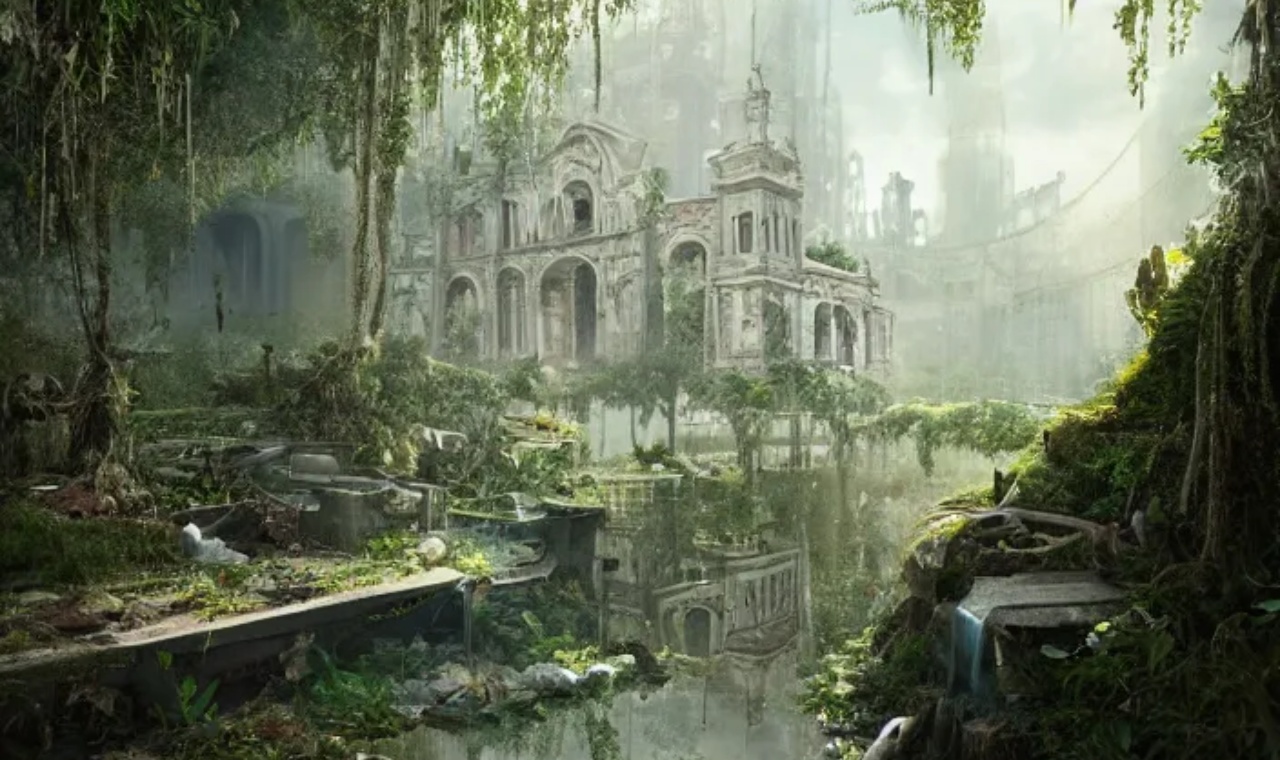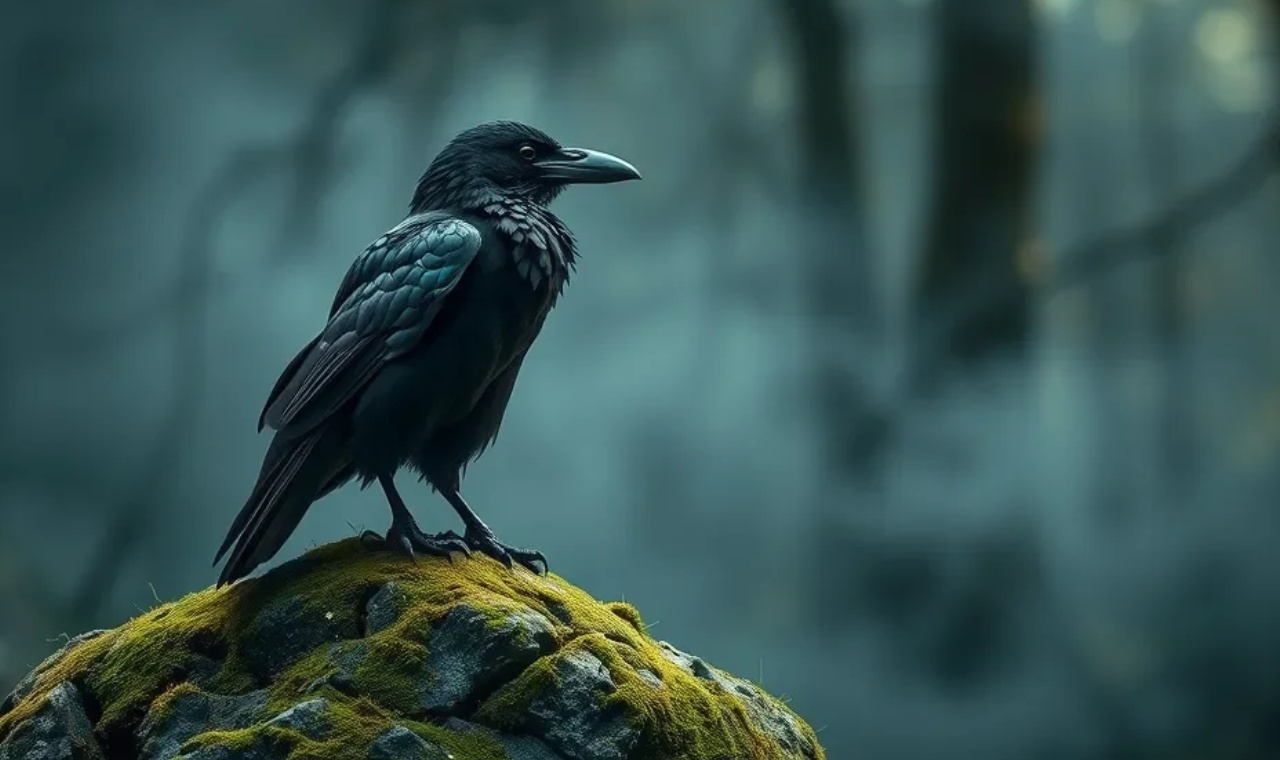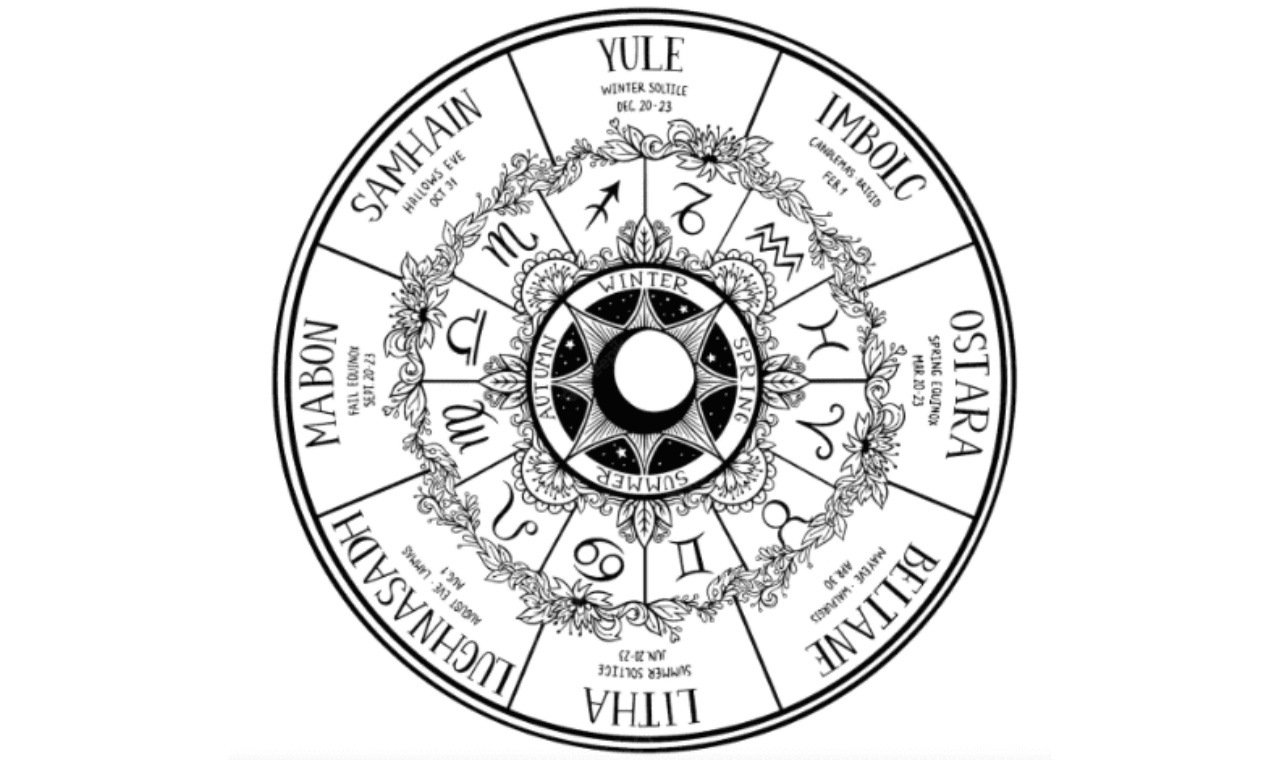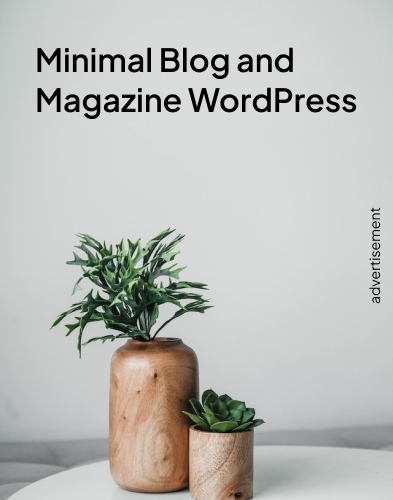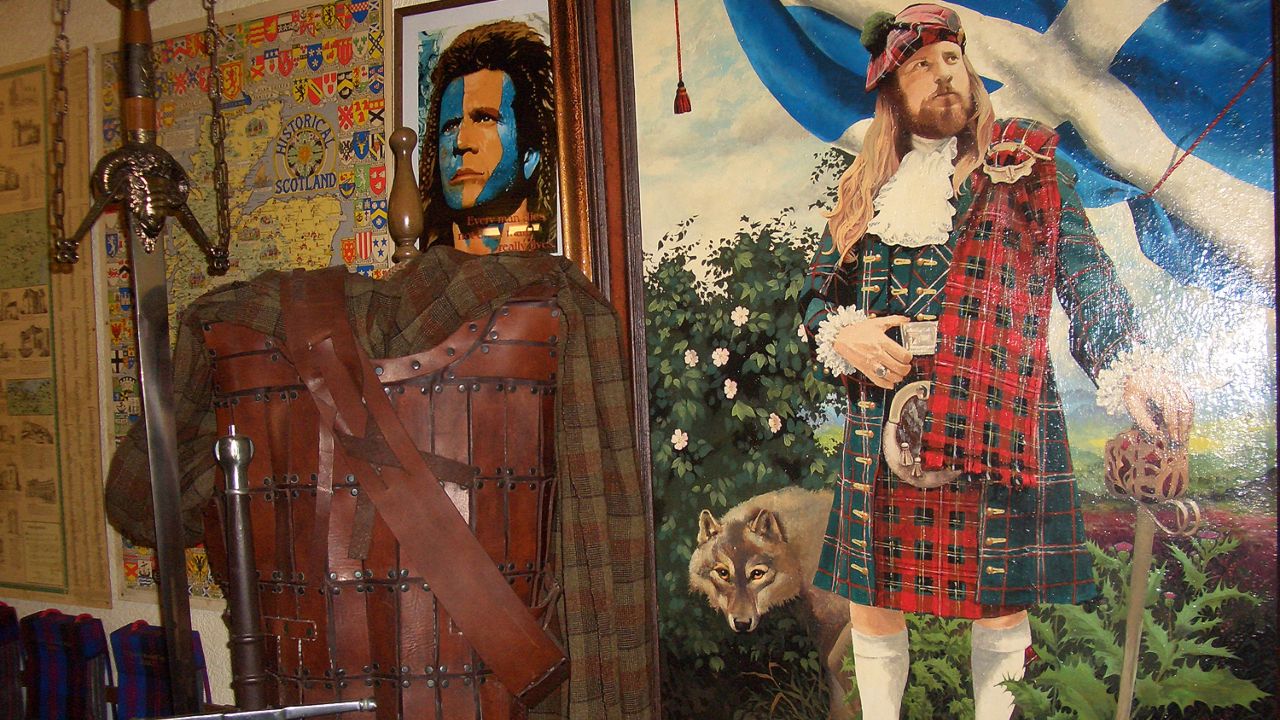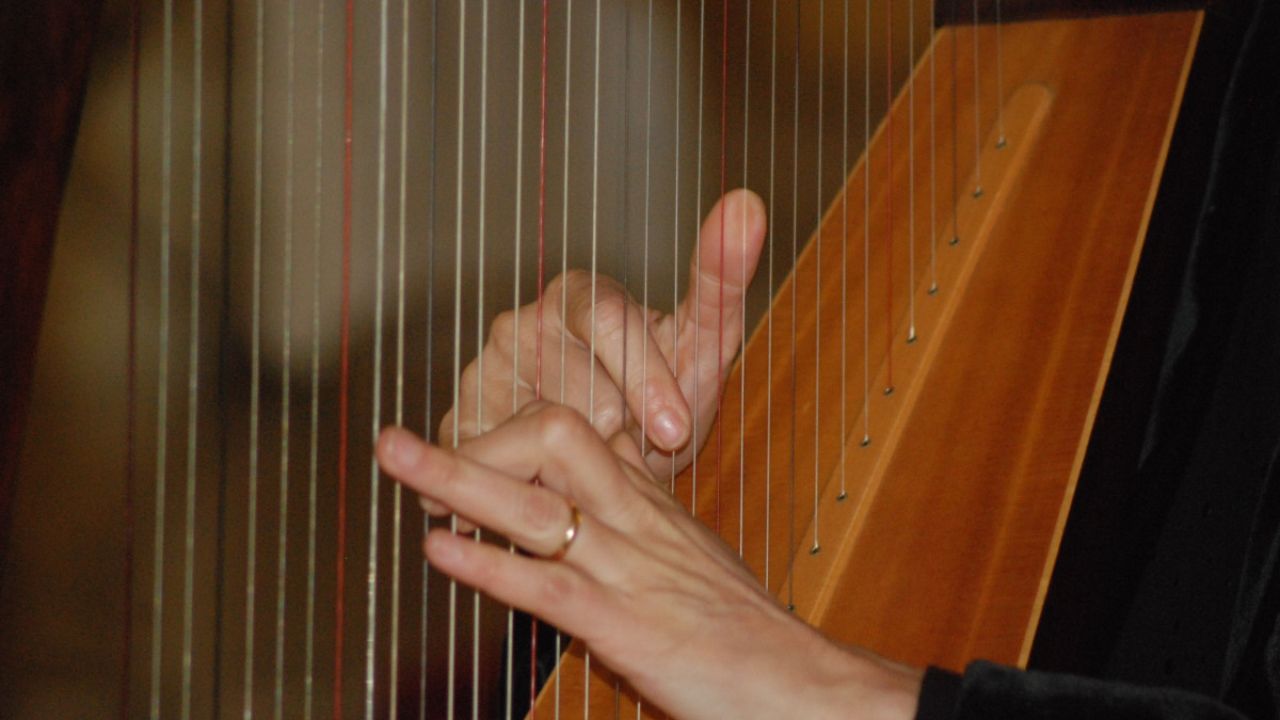Irish Maypole Dances: A Spiraling Celebration of Spring

When spring unfolds across Ireland, fields turn green, blossoms open, and laughter fills village greens. Among the oldest ways to welcome this renewal is the Irish Maypole dance, a celebration rooted in ancient Celtic Beltane traditions, a festival marking fertility, growth, and sunlight’s return.
Though Maypole dances are often associated with England, Ireland embraced and localized the tradition, blending it with its Celtic reverence for nature and community spirit.
Celtic Origins: From Beltane Fires to Maypole Ribbons
The Maypole tradition in Ireland likely evolved from Beltane, the ancient Celtic fire festival celebrated around May 1st. Beltane honored the Sun God Lugh, a figure symbolizing light and life’s renewal (Read more about Lugh here).
In early Irish villages, poles decorated with wildflowers, greenery, and bright ribbons were raised in communal spaces. The circular weaving of ribbons around the pole symbolized unity—the intertwining of earth, sky, and human life.

How the Irish Danced the Maypole
The dance itself was a joyous display of rhythm and coordination. Boys and girls stood alternately around the pole, each holding a ribbon. To the lively tunes of fiddles, pipes, and bodhráns (Explore the bodhrán drum here), dancers moved in opposite directions—one clockwise, one counterclockwise, weaving a colorful braid around the pole.
Each crossing represented balance and cooperation, echoing themes found throughout Celtic art and storytelling (Discover why the Irish are natural storytellers).
Symbolism Woven into the Dance
The Maypole wasn’t just a festive ornament, it was a living symbol.
- The pole represented the world tree, linking earth to the heavens.
- The ribbons reflected the interconnectedness of life, much like the patterns found in Celtic knotwork.
- The dance embodied community harmony, renewal, and the hope for fertile lands and healthy families.
These themes align closely with Irish spirituality where sacred wells, trees, and stones carry deep symbolic meaning (Learn more about Irish Holy Wells).

Maypole Dances and Irish Music
Music lies at the heart of Irish Maypole celebrations. Ceili bands and local musicians filled the air with reels and jigs, turning simple gatherings into full-fledged community festivals.
You can still feel that same energy in modern Ceili dances, where tradition meets rhythm (Read about Ceili Bands here).
Modern Revivals: Keeping the Tradition Alive
Today, the Irish Maypole dance lives on in schools, cultural festivals, and heritage events across Ireland. It’s often part of May Day or Beltane festivities that celebrate Irish roots and seasonal change.
In some villages, the Maypole is raised beside bonfires, echoing ancient Beltane fires once lit on the Hill of Tara, a sacred center of Celtic kingship (Learn about the Hill of Tara).

A Dance that Spirals Through Time
To watch the ribbons weave and unwind is to glimpse a thread that ties Ireland’s present to its ancient past. The Irish Maypole dance continues to embody joy, community, and the enduring Celtic love for life’s cycles.
For more on Irish and Celtic celebrations, visit CeltGuide’s Culture & Tradition section or explore related posts on Saint Patrick’s Day and Celtic Stone Carvings.

